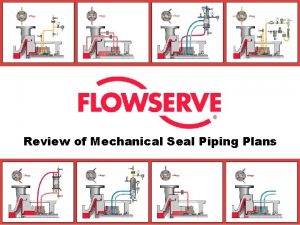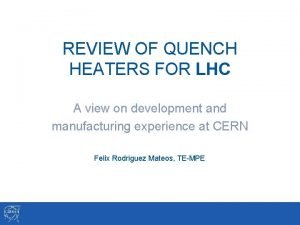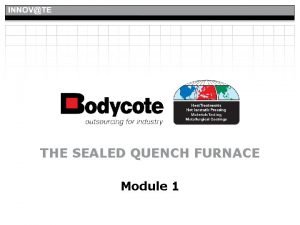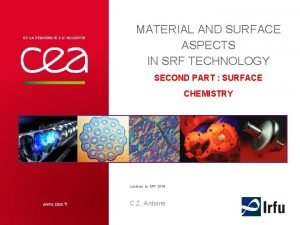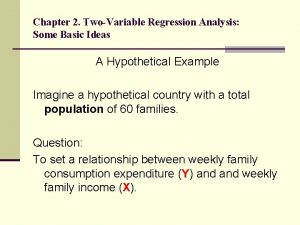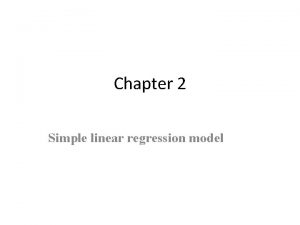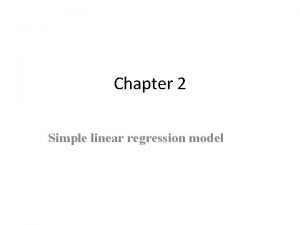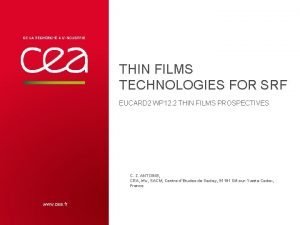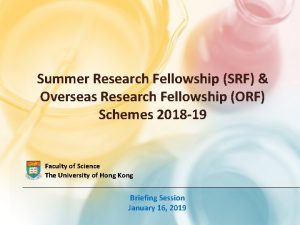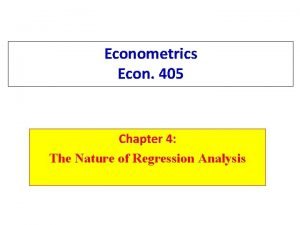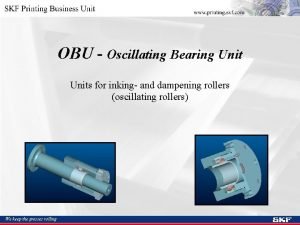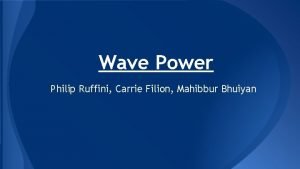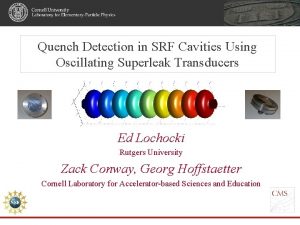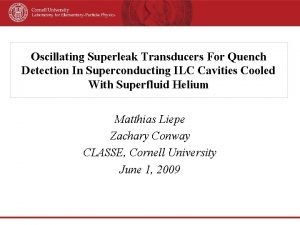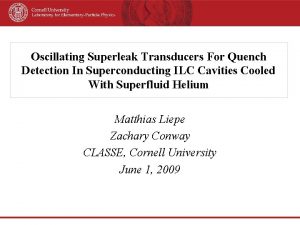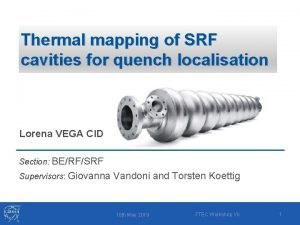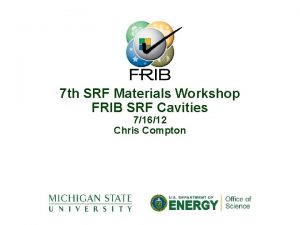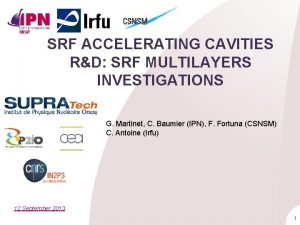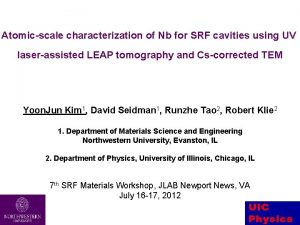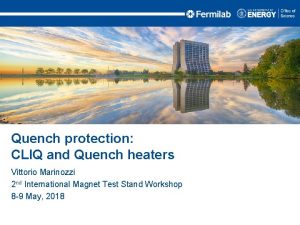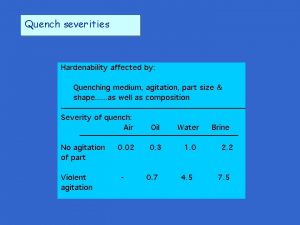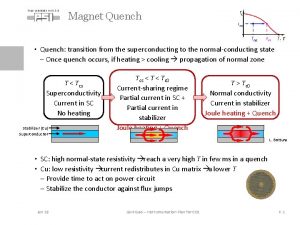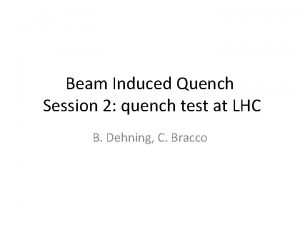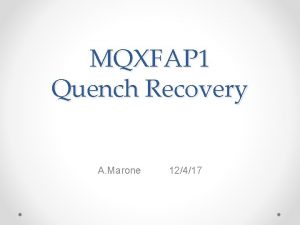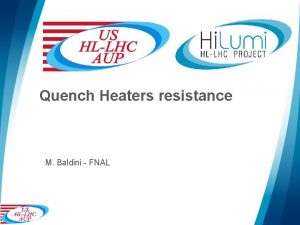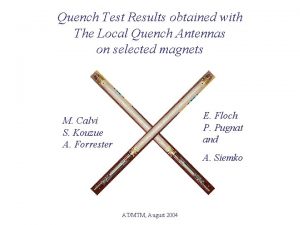Quench Detection in SRF Cavities Using Oscillating Superleak















- Slides: 15

Quench Detection in SRF Cavities Using Oscillating Superleak Transducers Ed Lochocki Rutgers University Zack Conway, Georg Hoffstaetter Cornell Laboratory for Accelerator-based Sciences and Education

Why You Should Care • Planned accelerators are creating a large SCRF cavity demand • Demand currently cannot be met since a high percentage of cavities quench • What we must be able to do: – Identify quench spots – Do it quickly – Do it cost-effectively • OSTs are the way to do it 11/30/2020 Cornell LEPP Template 2

Quenching 1 • Small surface defects create large EM fields: – Pits & Bumps – Particles – Grain Boundaries • High RF losses in these regions generate heat • The heated SC surface becomes normal-conducting 11/30/2020 Cornell LEPP Template 3

Quenching 2 • The cavity becomes thermally unstable • The normal conducting region grows rapidly • All of the stored EM energy is converted to heat 11/30/2020 Cornell LEPP Template 4

Defect Location • Superfluid He has temperature-entropy waves (Second Sound) • Cavity quenches generate temperature gradients • Temperature gradients generate SS waves • We use OSTs (SS microphones) to triangulate • So in one test, we can: – Do field measurements – Locate the defect 11/30/2020 Cornell LEPP Template 5

OSTs in Action 1 11/30/2020 Cornell LEPP Template 6

OSTs in Action 2 11/30/2020 Cornell LEPP Template 7

OSTs in Action 3 11/30/2020 Cornell LEPP Template 8

How Do We Do It? • A previous program could – Identify quench times – Identify wave arrival times at OSTs – Given a few cavity parameters, triangulate to find quench location • However, it was very limited – Only works with standard TESLA shapes – Cannot deal with cavities that have more than one radius at a given position – Tedious to modify 11/30/2020 Cornell LEPP Template 9

What Do I Do? • Fix Problems: – Change code to work with a parametrically-defined geometry – Allow for easier adaptation to new shapes in the future • Add functionality: – Allow program to take input directly from oscilloscopes • Get data 11/30/2020 Cornell LEPP Template 10

Second. Sound 2. 0 Image 1 11/30/2020 Cornell LEPP Template 11

Second. Sound 2. 0 Image 2 11/30/2020 Cornell LEPP Template 12

Future Second. Sound Image 11/30/2020 Cornell LEPP Template 13

The End 11/30/2020 Cornell LEPP Template 14

The Nature of an OST • What is an Oscillating Superleak Transducer? – (1) Thin millipore membrane – (2) Thick brass layer (140 V) – (3) Grounded aluminum • Superfluid passes through the membrane • When an SS wave arrives, the membrane oscillates • We measure changes in capacitance 11/30/2020 Cornell LEPP Template 2 1 3 15
